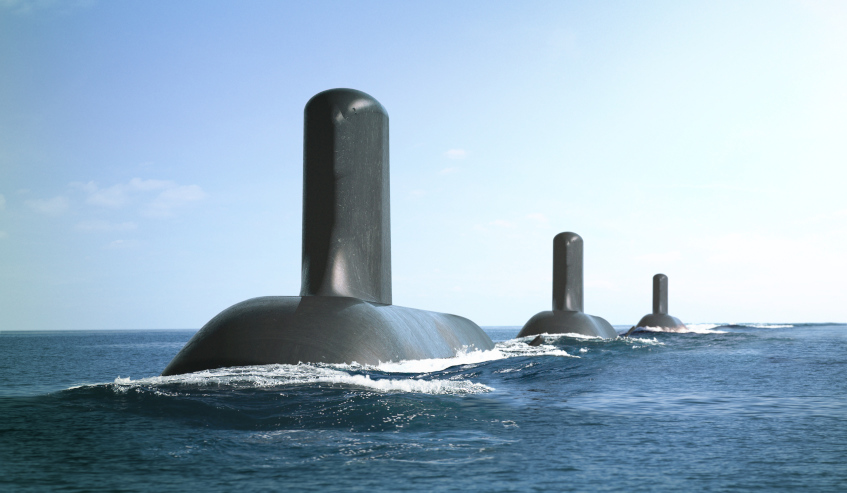Designer and builder of the SEA 1000 Future Submarines program Naval Group has stated the intent to achieve a 50:50 gender ratio in its workforce.
Brent Clark, interim CEO of Naval Group, said at the DMTC Annual Conference in Canberra on Tuesday that the ambitious target reflected a commitment to create a balanced workforce across all elements of the $50 billion Future Submarine program.
Naval Group (then DCNS) was announced as the successful tenderer for the program in April 2016.
The SEA 1000 Future Submarine program will equip Australia with a dozen state-of-the-art submarines, replacing the current in-service Collins Class submarines.
The Australian subs will be based on the design reference of Naval Group’s French-built Shortfin Barracuda and will be the most complex and largest defence acquisition project in Australia’s history.
The submarines, to be manufactured at the Osborne Ship Yard by Australian workers, will require 1,000 new specialist engineers to be engaged, Clark said, plus a raft of support staff
Total workforce is expected to eclipse 2,500 once the program hits full production across shipbuilding and the wider supply chain. Construction of the new subs won't get under way until 2022 and will run into the late 2040s to 2050s timeframe; with the first sub set to enter service in the 2030s.
In striving to reach a balanced workforce, with 50 per cent female participation, Clark said the company had some work to do as it transitions from the design to build phase.
“We know attracting the right people won’t be easy. It is, in fact, very difficult … [and] Naval Group is committed to diversity. We are aiming to have a 50:50 gender diverse workforce. At the moment women represent 43 percent of our employees.
Clark said the test will be in a few years when the company is building up the numbers of people involved in production of the submarine, “however we remain committed to meeting that challenge”.
“Naval Group makes a commitment to workforce diversity from the outset. [We] will devote much effort to partnering with education and training providers before construction begins to ensure we have the necessary expertise in place and to ensure those people get appropriate on-the-job training,” he said.
“We will take the best we can get and train the best. A shipyard is as diverse an employer as any you can imagine.”
Speaking of the need to identify and retain the best talent to meet the rigorous demands of the Future Submarine shipbuilding regime, Clark said the company has a planned and focused approach to buoy its talent pool – and to identify critical skills gaps.
“As well as drawing workers from the existing maritime workforce – as work on other programs winds down – and through the federal government Naval Shipbuilding College program, Naval Group envisages drawing skilled workers from the former South Australian car manufacturing industry and the oil and gas industry for retraining, as they have transferable skills,” he said.
Clark said ex-defence and naval personnel with engineering and trade qualifications will potentially also be attracted to the Future Submarine program on their retirement from the services and on seeking a career change.
“I stress the on retirement part, we will not be poaching people from the ADF. HR strategies will be aligned with maximising the capacity of the existing workforce and shaping the ramp up of the future workforce,” he said.








